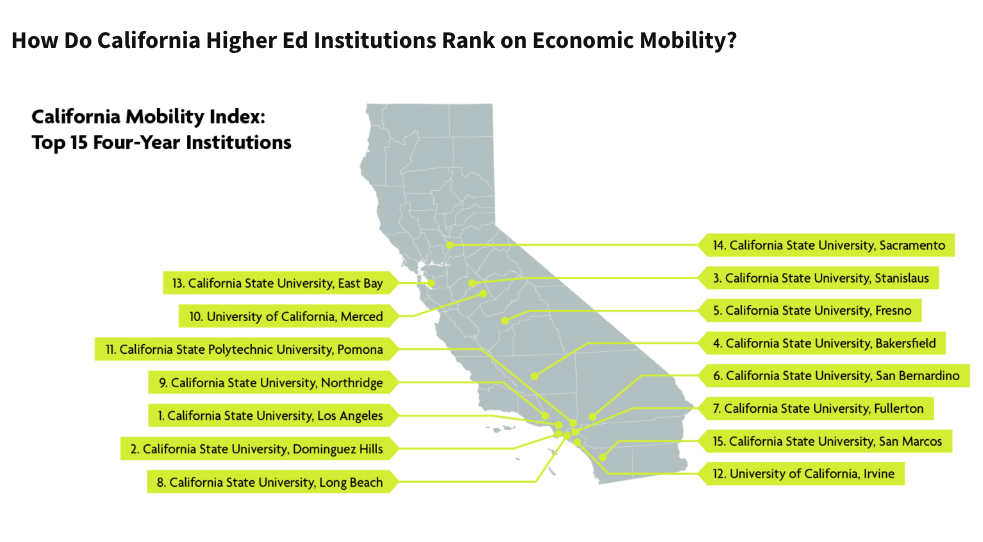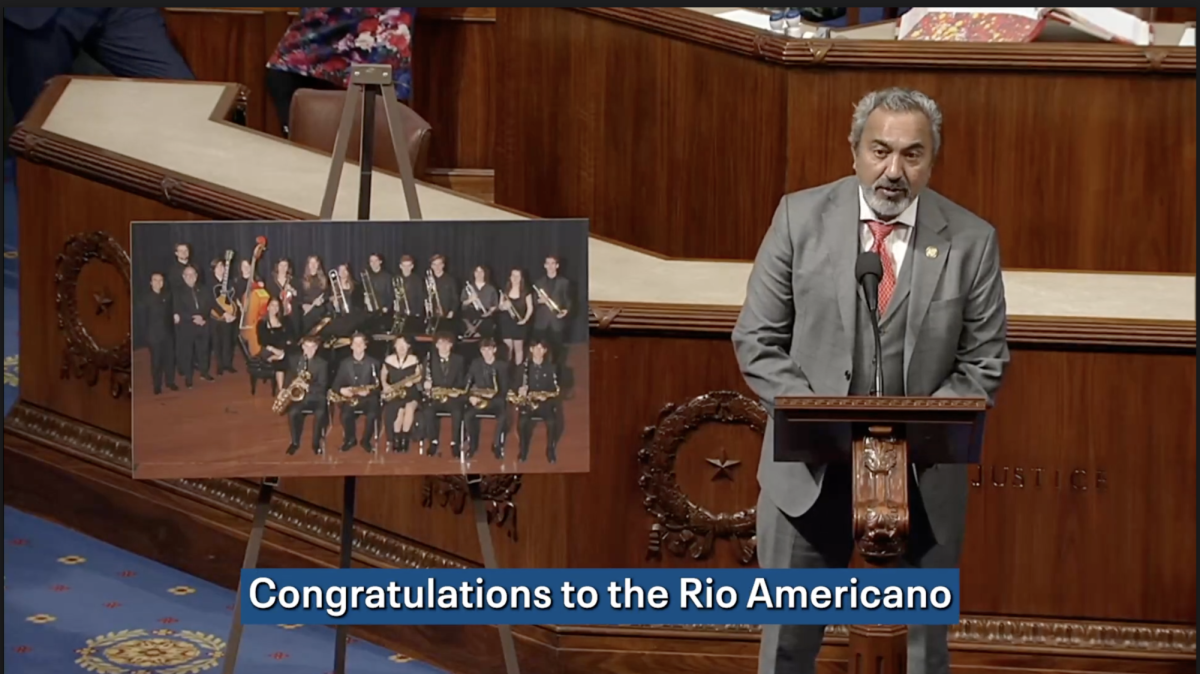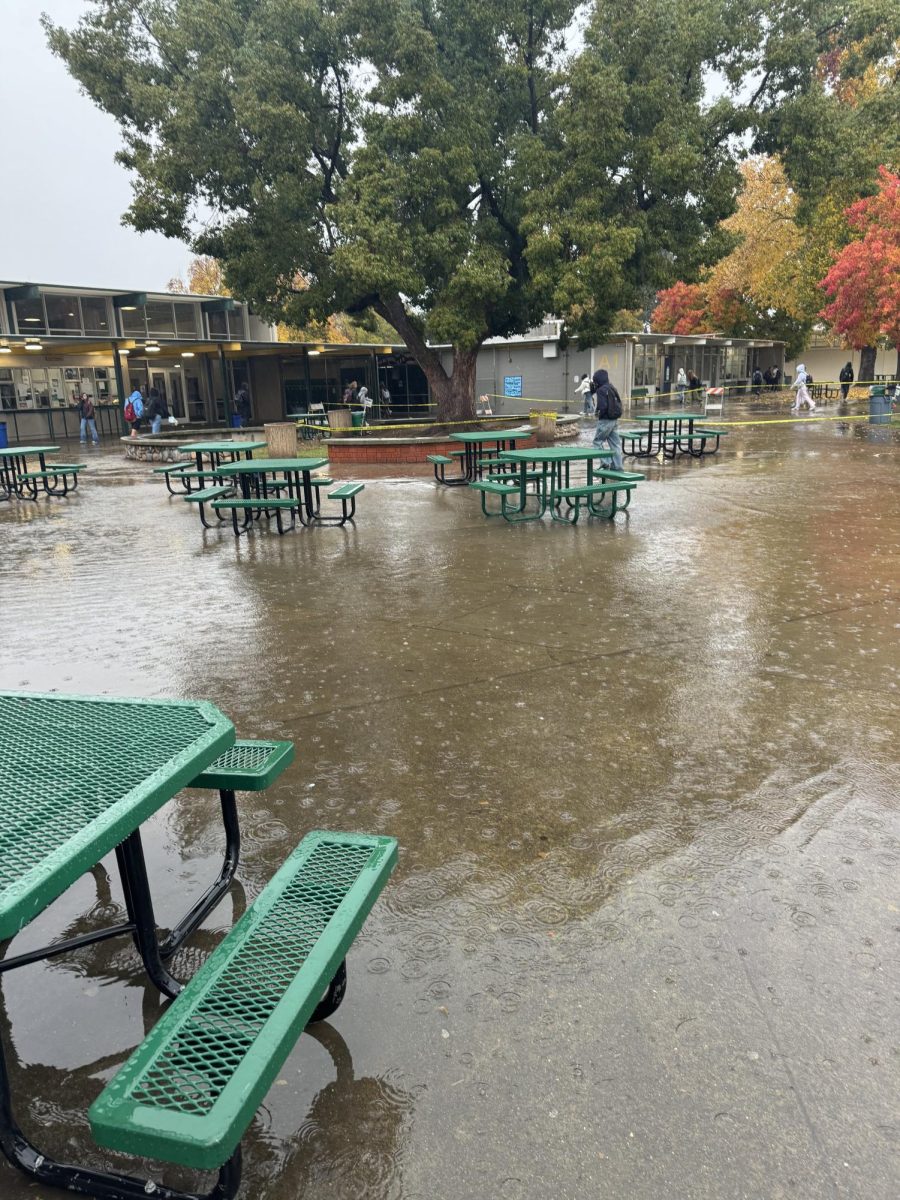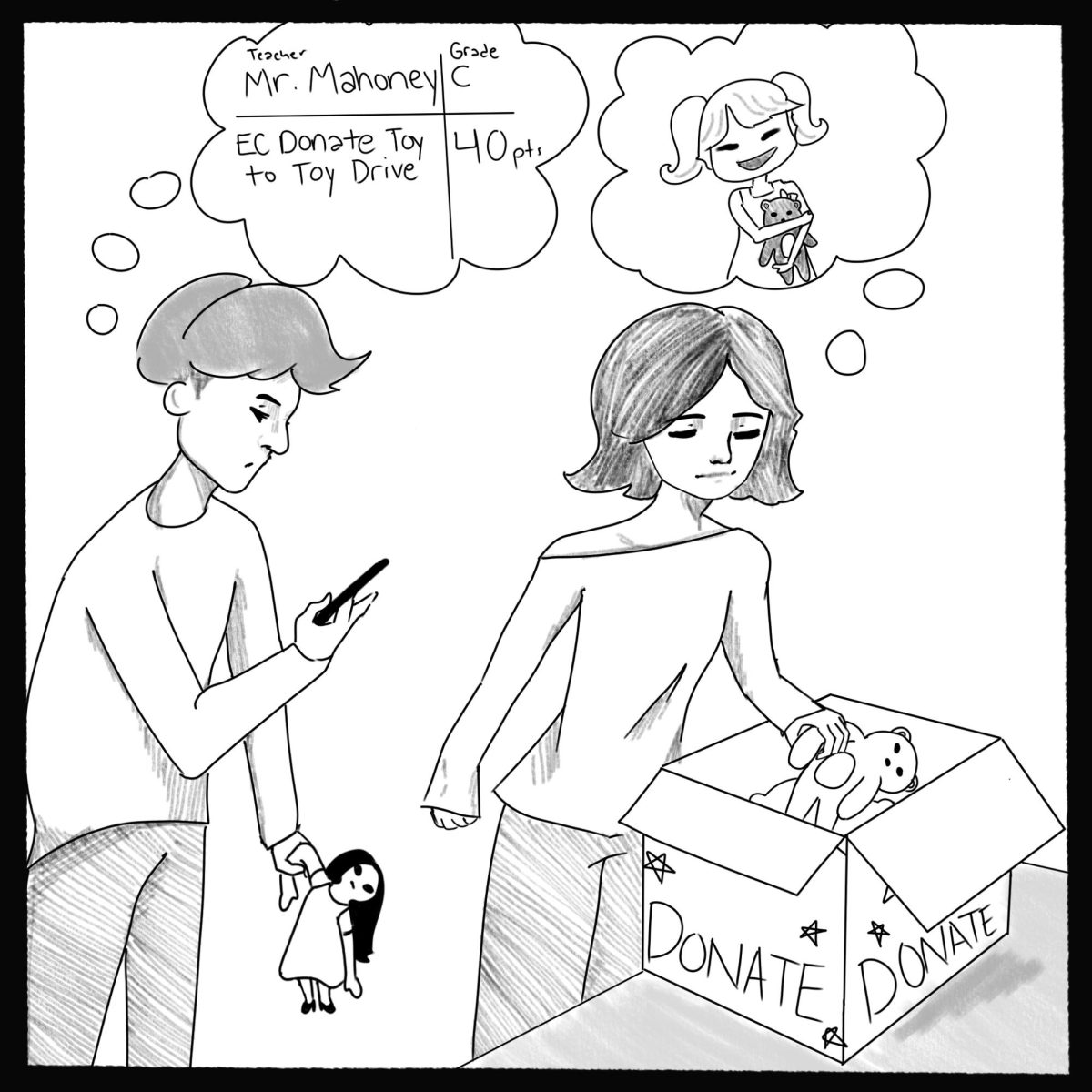Every year it’s getting harder to imagine a crisp autumn day without visualizing someone coughing from the dreary, harsh smoke that California’s wildfire season produces. In 2023 alone, 7,127 fires burned 324,917 acres of land in California. A future with clear skies and no smog seems increasingly unlikely, but is a future I hope for. For the health and safety of their constituents, candidates in California should advocate for regulating carbon emissions to minimize dangerous wildfires.
Global warming has locked California’s wildfires into a never-ending cycle of increasing carbon emissions. California’s average temperature has risen due to greenhouse gas emissions, leading to trees drying out faster and being more susceptible to catching on fire.
According to Robert Scheller, a professor of forestry and environmental resources, “We’re already seeing fires that we didn’t expect to see until 2080.” When wildfires burn through millions of acres of land, immense amounts of carbon dioxide are released, offsetting the work current carbon emission reductions do.
As Michael Jerrett, a professor at the UCLA Fielding School of Public Health, puts it, “Essentially, the positive impact of all that hard work over almost two decades is at risk of being swept aside by the smoke produced in a single year of record-breaking wildfires.” If wildfire smoke is setting back any progress made in reducing emissions, solving California’s wildfire problem becomes the first obstacle in the quest to slow down climate change. Without immediate action, California’s dangerous wildfires will continue being caused by global warming and contributing to global warming’s ever-increasing harmful effects.
Widespread efforts to reduce carbon emissions are the clear-cut solution to this problem. One way this can be done is by holding companies that cause immense carbon emissions accountable. A recent law passed in California, SB-253, aims to accomplish that. The law requires companies exceeding $1 billion in revenue to disclose their greenhouse gas emissions.
According to Hollin Kretzmann, a senior attorney at the Center for Biological Diversity, “The disclosure requirements would really pull back the curtain on the biggest climate destroyers in the oil industry and make it harder to greenwash.” An additional law, SB-261, will require companies with revenues over $500 million to release any climate-related financial risks their company faces. These laws help set a precedent for other states, as high-grossing companies have gone unregulated for far too long. By forcing companies to release their data, along with requiring them to admit climate change will affect their businesses, it becomes easier for lawmakers to pass legislation regulating carbon emissions. Currently, by 2050 the average temperature in California is expected to rise by 4.4 to 5.8 degrees. Reducing the emissions of large companies is an important step in making this figure smaller, and in turn, reducing wildfires.
Politicians on the ballot this November need to support laws that regulate greenhouse gas emissions to stop the dangerous cycle of carbon emissions and wildfires. For the sake of California residents’ futures, they need to continue the fight against oil lobbyists and advocate for environmental activists. As students graduate from high school in the coming years, no one wants climate change to be a factor in whether they stay in California for college. I don’t want to have to consider climate change in where I choose to go to school, work, and raise a family. We want a future where the children of today can live in a state not devastated by the effects of global warming. Fight to reduce carbon emissions for the health and safety of all Californians, now, and in the future.
Works Cited
“California Is Working on Solutions to Worsening Climate Change. Will They Be Enough?” Los Angeles Times, Los Angeles Times, 24 Aug. 2023, www.latimes.com/california/story/2023-08-24/california-is-working-on-solutions-to-worsening-climate-change-will-they-be-enough
“California to Require Big Firms to Reveal Carbon Emissions in First Law of Its Kind.” The Guardian, Guardian News and Media, 9 Oct. 2023, www.theguardian.com/us-news/2023/oct/09/california-carbon-emissions-law.
“California Wildfires History & Statistics: Frontline Wildfire Defense.” Frontline Wildfire Defense, 8 Jan. 2024, www.frontlinewildfire.com/wildfire-news-and-resources/california-wildfires-history-statistics/.
Lazo, Alejandro. “California’s Wildfire Smoke and Climate Change: 4 Things to Know.” CalMatters, 5 Sept. 2023, calmatters.org/environment/2023/09/california-wildfire-smoke-climate-change
Moore, Andrew. “Climate Change Is Making Wildfires Worse – Here’s How.” College of Natural Resources News, 29 Aug. 2022, cnr.ncsu.edu/news/2022/08/climate-change-wildfires-explained/.













































AS • May 19, 2024 at 11:08 PM
Wildfires in California have been to the extreme for years all due to climate change. We have always known climate change was real, but how many times does our school need to get shut down because of ash falling from the sky before we take action? Having years of droughts with only short periods of heavy rain does not fix this issue. Carbon emissions are one of the leading factors in climate change. It is nice to finally see students stepping forward and using their voices to show the tragedy California will have if we do not put a stop to this.